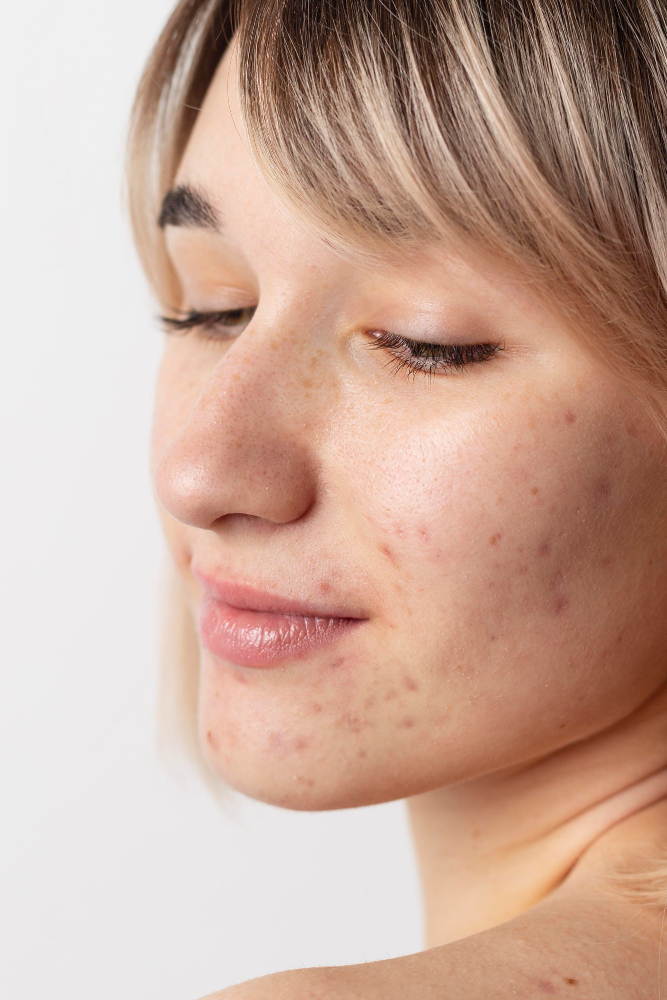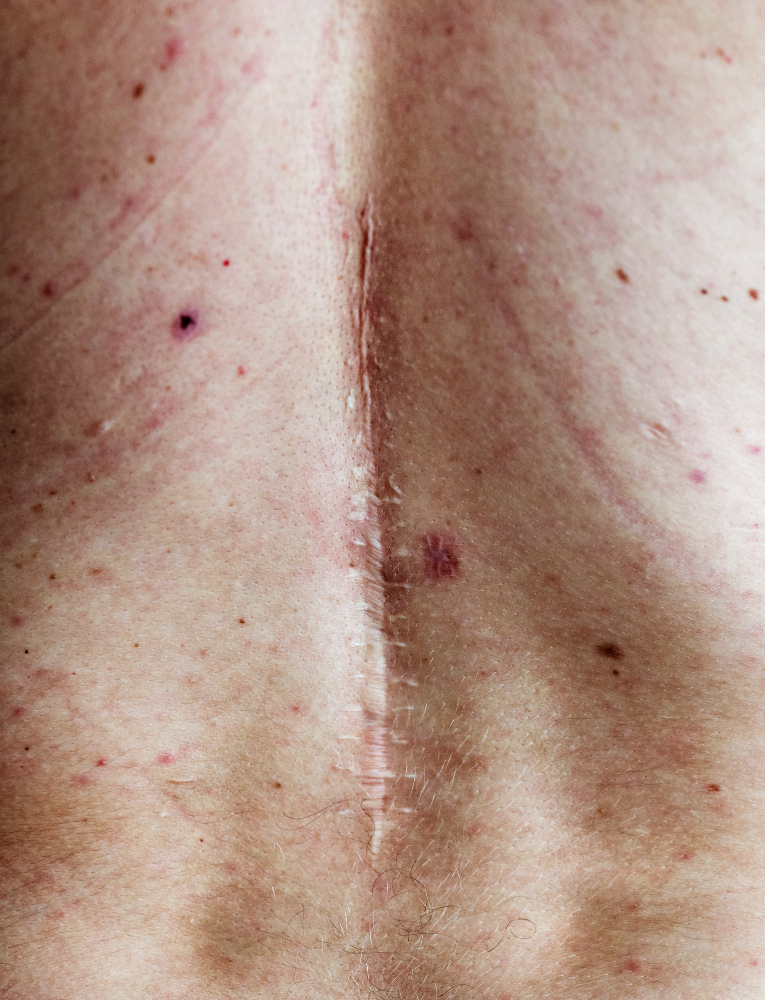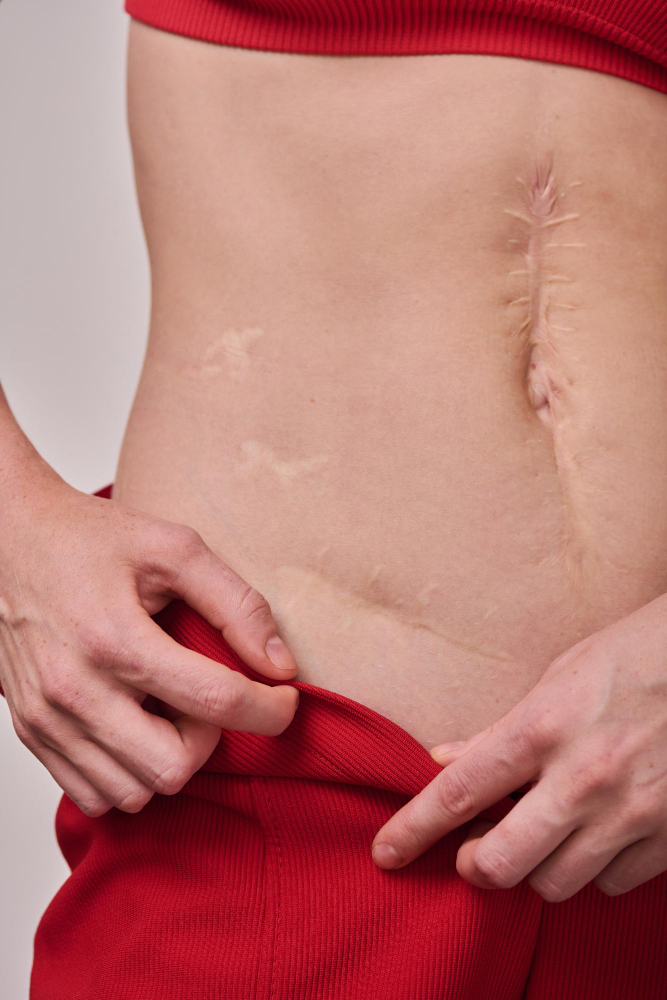- Search
- About
- Blog
- Careers
- Compounding Pharmacy
- Finance
- Hotels
- Our Team
- Our Mission
- Our Practice
- Virtual Consultations
- Areas We Serve
- Acne Scar Treatment Kirkland With Dr. Young
- Acne Scar Treatment Bellevue With Dr. Young
- Acne Scar Vitalizer Bellevue With Dr. Young
- Acne Scar Revision Seattle With Dr.Young
- Acne Scar Treatment Washington With Dr. Young
- Breast Reduction Bellevue Kirkland
- Breast Augmentation Bonney Lake
- Breast Augmentation Lake Tapps
- Facial Fat Transfer in Bellevue & Kirkland With Dr. Khezri
- Mandibular Implants Seattle With Dr. Young
- Self-Harm Scar Revision with Dr. Young
- Self-Harm Scar Treatment Seattle With Dr. Young
- Tirzepatide For Weight Loss in Bellevue
- Tirzepatide Oral Tablets Kirkland & Bellevue
- Face
- Asian Blepharoplasty With Dr. Young
- Advanced Hairline Transplant
- Fat Transfer to Cheek With Dr. Young
- Asian Rhinoplasty With Dr. Young
- Blepharoplasty
- Brow Lift
- Buccal Fat Removal
- Chin Augmentation
- CO2 Laser Resurfacing
- Direct Brow Lift
- Deep Plane Facelift
- Deep Plane Facelift with Dr.Young
- Dimple Creation
- Ear Pinning
- Eyebrow Transplant
- Fat transfer to face
- Facelift
- Facelift With FX Laser Resurfacing
- Facial Fat Transfer With Dr. Young
- Fat Transfer Under Eye
- Fat Transfer To Lips
- Fat Transfer to Lips with Dr.Young
- Grafts Neograft Follicular Unit Extraction
- Hair Transplant
- Hair Transplant Revision
- Hairline Lowering
- Laser Facelift
- Liquid Facelift
- Lower Blepharoplasty
- Lower Face Contouring
- Major Scalp Reduction
- Mini Facelift
- Midface Lift
- Minor Scalp Reduction
- Neck Lift
- Platysmaplasty
- Pumpkin Planing
- Revision Facelift
- Revision Rhinoplasty
- Rhinoplasty / Septoplasty
- Scalp Expander
- Submentoplasty
- Temporal Brow Lift
- Ultrasonic Piezo Rhinoplasty
- Upper Blepharoplasty
- Breast
- Breast Augmentation
- Breast Augmentation Exparel
- Breast Augmentation With Lift
- Breast Augmentation: Gummy Bear
- Breast Augmentation: Saline
- Breast Augmentation: Silicone
- Breast Implant Exchange
- Breast Lift
- Breast Lift With Implant Removal
- Breast Reduction
- Breast Reduction Revision
- Breast Revision
- En Bloc Breast Implant Removal
- Fat Transfer to Breasts
- Gynecomastia
- Ideal Breast Implant
- Mandibular Implants
- Revision Breast Lift
- Transaxillary Breast Augmentation
- Transumbilical Breast Augmentation
- Vectra3D Imaging
- Body
- Arm Lift
- Body Lift
- Brazilian Butt Lift
- Belt Lipectomy
- Exparel Tummy Tuck
- Extended Tummy Tuck
- Hip Dip Fat Transfer
- Labiaplasty
- Liposuction
- Liposuction 360
- Male Tummy Tuck
- Mini Tummy Tuck
- Mommy Makeover
- Monsplasty
- Muscle Plication
- Plastic Surgery After Massive Weight Loss
- Revision Mommy Makeover
- Reverse Tummy Tuck
- Tummy Tuck
- Tummy Tuck Revision
- Tummy Tuck With Thigh Lift
- Tummy Tuck After Weight Loss
- Tummy Tuck After Semaglutide
- Vaser High Definition
- Skin Removal After Weight Loss
- Weight Loss
- Non-Invasive
- Bellafill
- Botox
- Botox For Bunny Lines
- Botox for Droopy Eyelids
- Botox For Hooded Eyes
- Botox For Gummy Smile
- Botox For Smile Lines
- Botox For Platysmal Bands
- Botox for Migraines
- Botox for Bruxism
- Botox For TMJ
- Botox for Calves
- Botox for Premature Ejaculation
- Botox for Hair Loss
- Cheek Filler
- Chin Filler
- Dermal Facial Fillers
- Dysport
- Daxxify
- Hand Filler
- Jaw Filler
- Juvederm
- Kybella
- Lip Filler
- Laser Hair Removal For Men
- Laser Hair Removal For Women
- Marionette Line Filler
- Non-Surgical Hair Restoration
- Non-Surgical Rhinoplasty
- Non-Surgical Gynecomastia
- Penile Filler
- Radiesse
- Restylane
- Restylane Eyelight
- Rain Facial
- Smile Line Filler
- Sculptra
- Scrotox
- Trans Laser Hair Removal
- Tear Trough Filler
- Trapezius Botox
- Temple Filler
- ThermiVa
- Skin
- Keloid Scar Treatment
- Acne Treatment
- Brow Lamination
- Chemical Peel
- Combo Brows
- Dermaplaning
- Eyebrow Tint
- Free Skin Consultation
- IPL
- Laser Hair Removal
- Laser Patch Test Protocol
- Laser Scar Resurfacing
- Laser Tattoo Removal
- Lash & Brow Services
- Lash Extensions
- Lash Lift & Tint
- Led Light Therapy
- Melasma Treatment
- Microneedling
- Mole Removal With Dr. Young
- Photofacial
- Powder Brows
- RF Microneedling for Scars
- RF Microneedling
- The Perfect Derma Peel
- VI Peel
- Waxing
- Zombie Carbon Laser Peel
- Medical Treatments
- Specials
- Pricing
- Gallery
- Call (425) 576-1700
Laser Scar Resurfacing In Bellevue & Kirkland
Procedure Time
30 mins
Recovery Time 2 weeks (monitoring time)
$399
Full Face - Single Treatment
$1050
Full Face - Package of 3
Scars are a common skincare problem. Many of us have some kind of scarring, whether this scar tissue is from an accidental injury, acne, or a surgical incision. These skin markings can be unwelcome physical signs of past trauma.
At Northwest Face & Body, we understand the desire for smoother, more even-toned skin, which is why we offer laser resurfacing for scars to patients throughout Bellevue and Kirkland. Our aim is to help you feel more confident in your appearance by targeting the very aspects of scars that often cause self-consciousness, such as discoloration and uneven texture.
How Does Laser Scar Resurfacing Work?
During laser scar resurfacing at Northwest Face & Body, our estheticians use the power of a Q-Switched Nd:YAG laser. This specialized device emits controlled pulses of energy. This energy travels through the top layers of the skin, reaching the scar tissue beneath. The scar’s pigment absorbs this laser energy, which can break down some of the excess pigment and stimulate your skin’s natural wound-healing processes. As the body heals, the damaged tissue forms a scab that eventually falls off, revealing fresh, lighter-colored skin beneath.
Collagen stimulation is another key aspect of laser resurfacing. Collagen is a critical protein for skin elasticity and smoothness. During your treatment, the controlled heat from the laser may boost collagen production, encouraging healthier tissue to replace older, damaged cells. Over time, repeated laser sessions can lead to a lighter, flatter scar that blends well with the surrounding skin.

How Can Laser Resurfacing Help Improve Scarring?
The main purpose of laser resurfacing scar treatment is to encourage your skin to replace scar tissue with healthier, newer cells. Here are a few ways it may help improve the appearance of your scars:
- Fading Discoloration: The laser’s energy specifically targets the pigments in your scar, which may lead to a gradual brightening effect.
- Reducing Redness: By affecting the blood vessels within the scar tissue, each treatment may help diminish the red or pink hue of newer scars.
- Smoothing Texture: As collagen levels increase, uneven or raised scars may flatten and become less noticeable.
- Increasing Skin Cell Turnover: The laser energy triggers your body to shed old cells and produce new ones more rapidly, potentially speeding up your skin’s natural healing cycle.
Though laser resurfacing for scars can’t guarantee total removal of a scar, it may significantly reduce its prominence, making it less visible and more in line with your natural skin.
What Types Of Scarring Can Laser Resurfacing Treat?
Laser scar resurfacing in Bellevue and Kirkland may benefit a variety of scar types, including:
- Newer Scars vs. Older Scars: While even older scars may benefit, it is typically best to wait until the scar is at least one year old before beginning treatment. This gives the tissue time to settle into its final form.
- Hyperpigmented Scars: These are darker scars that often appear brown or grayish. The Q-Switched Nd:YAG laser can target this excess pigmentation.
- Red or Vascular Scars: For red or pink scars, the 532nm laser setting focuses on reducing the visibility of blood vessels that make these scars appear more pronounced.
- Post-Surgical Scars: Surgical incisions can sometimes heal with excessive redness or raised tissue. Laser treatments can gradually minimize these changes.
- Traumatic Scars: Injuries from accidents can leave behind discolored or textured scars, which may be lightened or smoothed through repeated laser sessions.


Is Laser Scar Resurfacing In Bellevue & Kirkland Right For You?
Before you decide on laser resurfacing for scars, it’s important to make sure the treatment is appropriate for your medical history, lifestyle, and goals. You may be a good candidate for laser scar resurfacing if:
- Your scar is at least one year old.
- You are not currently pregnant or breastfeeding.
- You aren’t using topical or oral steroids, blood thinners, or photosensitizing medications such as certain antibiotics or immunosuppressants.
- You have realistic expectations. Laser resurfacing may significantly reduce the appearance of scars, but it won’t make them vanish entirely.
- You’re willing to follow pre- and post-procedure instructions to minimize complications and support healing.
If you aren’t sure laser scar resurfacing is right for you, schedule a consultation with a provider at Northwest Face & Body. Here, you can discuss your concerns and medical history with one of our skincare experts to help you decide if this treatment aligns with your goals and individual needs.
Your Laser Scar Resurfacing Session In Bellevue & Kirkland
When you arrive at Northwest Face & Body for your laser scar resurfacing session, you’ll begin by reviewing and signing consent forms, and our team will go over any contraindications or concerns. Your skincare professional then cleans the skin around the scar with alcohol to sterilize it before applying a thin layer of topical lidocaine to help decrease discomfort during your laser treatment. This cream is covered with saran wrap and allowed to sit for 30 minutes. After the lidocaine is carefully removed with gauze and any remaining residue is washed away using a gentle facial wash and cold water, you and your provider will put on laser safety goggles.
Your esthetician will determine whether the 532nm or 1064nm wavelength is best suited to your scar. The 532nm wavelength typically targets red or vascular scars, whereas 1064nm is ideal for darker, hyperpigmented scars. A single pass of the laser is then directed at your scarred area. Throughout the process, your esthetician may adjust the energy or frequency to ensure proper treatment.
Once the pass is complete, the esthetician applies a healing cream to protect and nourish the treated skin and then covers the area with a bandage. You’ll receive written post-treatment instructions, including how often to reapply the ointment and how to care for the treated area in the days that follow.
Recovery From Laser Scar Resurfacing
Many patients experience relatively minor downtime after laser resurfacing scar treatment, although individual experiences can vary. You may notice some redness, swelling, or slight blistering within the first few days, which generally subsides on its own. If a scab forms, it’s crucial to avoid picking at it. Peeling the scab prematurely can lead to unwanted pigmentation changes or even infection.
We recommend keeping the area clean and applying the provided ointment as directed. You should also avoid direct sun exposure and use sunscreen or wear protective clothing since UV rays can increase the risk of hyperpigmentation. In many cases, patients can resume most of their normal activities immediately, although intense exercise and heavy sweating may need to be postponed for a few days.
What Are Some Common Side Effects Of Laser Scar Resurfacing?
Like any skin treatment, laser scar resurfacing carries a risk of side effects. These can vary based on your skin type, overall health, and how diligently you follow aftercare guidelines. Side effects can include:
- Bruising: Minor bruising is possible due to the laser’s interaction with tiny blood vessels.
- Blistering: Particularly at higher laser settings or if your skin is more sensitive.
- Swelling: Mild swelling is common and usually fades within a few days.
- Itching Or Raised Skin: Some patients experience temporary itching or raised skin. This is usually a mild and temporary histamine response.
- Scarring Or Pigment Changes: In rare cases, pigmentation changes or even raised scarring is possible, especially if you’re prone to developing keloid scars.
- Limited Effect: Not all scars respond equally, and there is no guarantee of improvement.
Our team will carefully review your medical history and discuss any concerns you have about potential complications. Proper preparation and post-treatment care can significantly reduce the likelihood of adverse reactions.
How Much Does Laser Scar Resurfacing Cost In Bellevue & Kirkland?
At Northwest Face & Body, we provide two laser scar resurfacing packages:
- Standard: 3 sessions for $950
- Northwest Face & Body Surgical Patient: 3 sessions for $450 if your operation was performed by one of our highly skilled surgeons.
The number of recommended treatments can vary from patient to patient. Some individuals see noticeable improvements after three sessions, while others may benefit from additional treatments. We encourage scheduling these treatments about six to eight weeks apart to give your skin enough time to recover and rebuild between sessions.
Laser Scar Resurfacing At Northwest Face & Body
At Northwest Face & Body, we’re dedicated to providing personalized, compassionate care for each and every patient. If you’ve been feeling self-conscious or unhappy about a particular scar, laser scar resurfacing in Bellevue and Kirkland may be the solution you’re looking for.
The team at Northwest Face & Body is committed to helping you feel more confident in your appearance through the use of advanced laser technology and attentive, patient-focused care. Schedule a consultation with one of our estheticians and let us guide you on the path to a smoother, brighter complexion.
Call us or book your appointment online today!
Frequently Asked Questions
How Soon After An Injury Or Surgery Can I Start Laser Scar Resurfacing?
You should wait at least one year after surgery or a major injury before laser scar resurfacing so that the scar has enough time to form fully. This allows us to evaluate your scar in its stable state and increases the likelihood of effective treatment. However, if you have specific concerns about timing, we encourage you to schedule a consultation so we can provide personalized advice.
Will I Experience Any Pain During Treatment?
Many patients find the treatment only mildly uncomfortable since we apply lidocaine (a topical numbing cream) prior to your laser session. You may feel a snapping or warming sensation on your skin. Let us know if you have a particularly low pain tolerance or are anxious about discomfort. We can adjust settings or take additional steps to keep you as comfortable as possible.
Do I Need To Do Anything Special To Prepare For My Laser Scar Resurfacing Appointment?
We typically recommend avoiding direct sun exposure, tanning beds, and harsh skincare products for at least a week or two before your session. If you’re using topical steroids or other photosensitizing medications, you may need to discontinue them for a specific timeframe. Your provider will review all of this during your consultation and provide personalized instructions to help you get the best results.
How Many Treatment Sessions Will I Need To See Results?
The number of laser sessions will vary depending on your unique scar characteristics, skin type, and healing response. Though some patients may see improvements after a few sessions, others need additional sessions to see results. We usually recommend an initial series of three treatments spaced 6–8 weeks apart, but we can re-evaluate your needs as you progress through the sessions.
Is There Anything I Should Avoid After Treatment?
After laser scar resurfacing, it’s best to avoid excessive sun exposure, vigorous exercise, and picking or scratching at any scabs in the treatment area. Apply your post-procedure ointment as directed and keep the treated area clean. If blistering or crusting occurs, let the area heal naturally. These guidelines minimize the risk of complications and help you get the most out of your treatment.